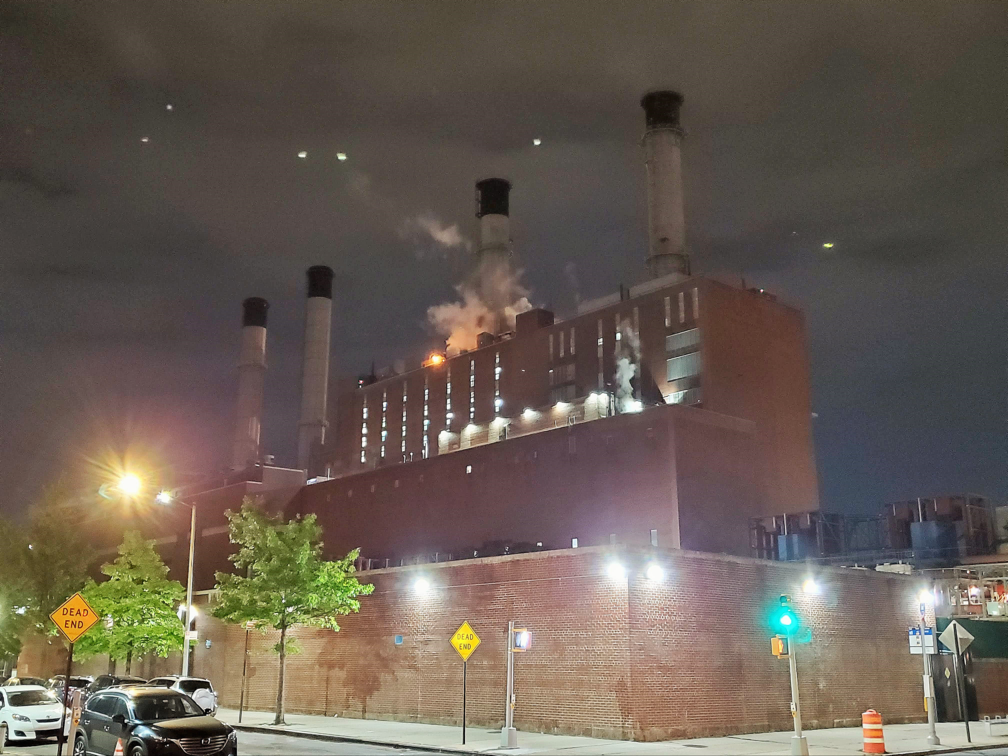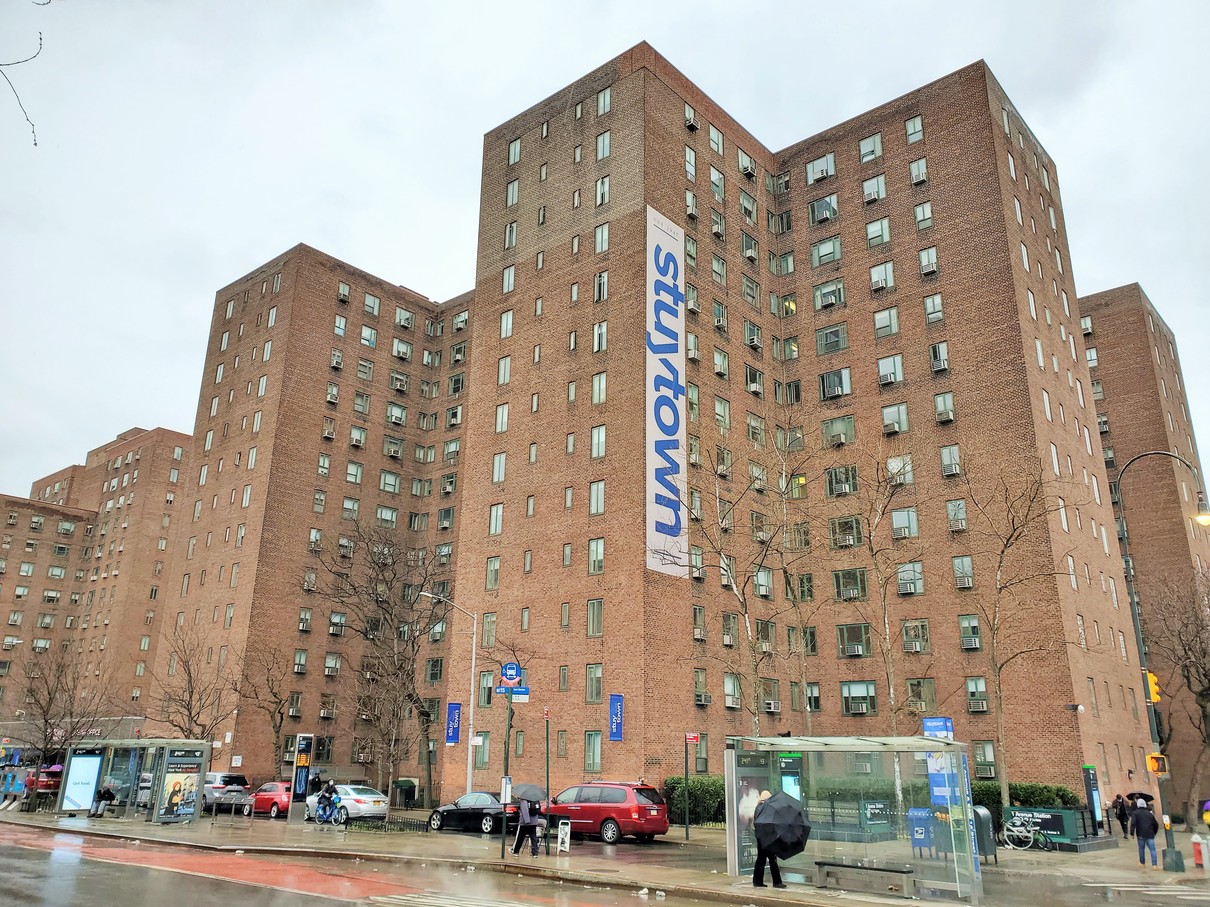BY THE VILLAGE SUN | Adding two new power plants to provide heat at Stuyvesant Town and Peter Cooper Village might not be such a hot idea, tenants say.
The tenants association at the sprawling East Side development will hold a rally against the plan on Sun., June 6, at 10 a.m., on Avenue C between 15th and 16th Sts.
Local politicians expected to attend include Congressmember Carolyn Maloney, state Senator Brad Hoylman, Assemblymember Harvey Epstein, Councilmember Keith Powers and possibly others.
The matter concerns two combined heat and power, or CHP, plants, one on Avenue C that has been built but is not yet operational, and one in the planning stages for E. 20th St. east of First Ave.
Since the area south of E. 14th St. may be affected by emissions from both plants, the Stuyvesant Town-Peter Cooper Village T.A. wants to alert neighbors about the projects and get them involved, as well.
The Avenue C plant has been mostly completed, but Beam Living, the complex’s management company, does not have permission to make it operational yet. Beam hopes to build another, bigger plant under one of Stuy Town’s garages on E. 20th St.
The T.A.’s concerns include that the plants would add to the area’s already existing air pollution, plus would burn natural gas, a fossil fuel.
In addition, as the T.A. tells it, while the new plants would generate both electricity and steam, the electricity would be sent to Con Ed — and yet the utility would not reduce its own electrical output as a result.

Currently, STPCV purchases both electricity and steam from Con Ed. Electricity, except for air conditioning, is included in tenants’ rent.
To fuel the power plants, Beam would buy natural gas from Con Ed. So, under the plan, by sending the complex’s self-generated electricity to Con Ed, Beam Living would offset its operating costs.
There is also concern that the power plants’ chimneys, as designed, would not be high enough, leading to potential “downwashing” of pollution onto parks and playground areas.
More to the point, the tenants charge, “CHP is not the way of the future.” Namely, both the city and state have environmental mandates in place that will require reductions about the time the CHP equipment would run down. And, again, natural gas, of course, is a fossil fuel.
“We’d rather that the one on 20th St. wasn’t built at all,” Anne Greenberg, president of the STPCVA T.A., said of the power plants plan. “We’d rather that the one on Avenue C didn’t operate. But if it does, it has to operate safely, if that’s even possible given that it will be adding pollution.
“Beam Living’s self-congratulatory idea is that they are being green, but Con Ed right across 14th St. will not be producing less energy — the amount that the CHP plant will produce,” she said. “And there’s the zoning issue: Since the electricity is not being made available to tenants, we hold that the plant is not accessory use and therefore doesn’t meet zoning requirements.”
The T.A. has posted its PowerPoint presentation and correspondence with government agencies on the issue on its Web site, stpcvta.org.
However, in a statement, Nadeem Siddiqui, the general manager of STPCV, said the development already is a leader in sustainability and that the new power plants would only further this fact.
“The project will significantly reduce source greenhouse gas emissions and is part of our ongoing efforts to ensure Stuyvesant Town-Peter Cooper Village remains a model for best-in-class sustainability practices,” he said.
“The STPCV community has benefited from $25 million in sustainability investments during our ownership, including a switch to LED for 13,000 light bulbs and installation of solar panels on all building roofs — which doubled Manhattan’s solar capacity and is equivalent to taking 12,000 cars off the road annually.
“Stuy Town was the first residential LEED Platinum community and recently received an ‘A’ grade from New York City for building energy efficiency,” Siddiqui added.
“This significant investment is our next step in community resilience and energy transformation to modernize our 74-year-old buildings,” he asserted, “and we are committed to keeping the community updated as we work through state and city approvals.”
According to Beam Living, the project would reduce current greenhouse gases by an estimated 903 metric tons annually; the equivalent of 2.2 million miles driven by an average passenger vehicle.
Also, according to Beam, using co-generation to remove STPCV’s reliance on Con Ed steam would mean that, in a power failure, the buildings would retain steam for hot water. In addition, Beam says, this steam would be produced using 40 million gallons less water annually, an 8 percent reduction.


Be First to Comment